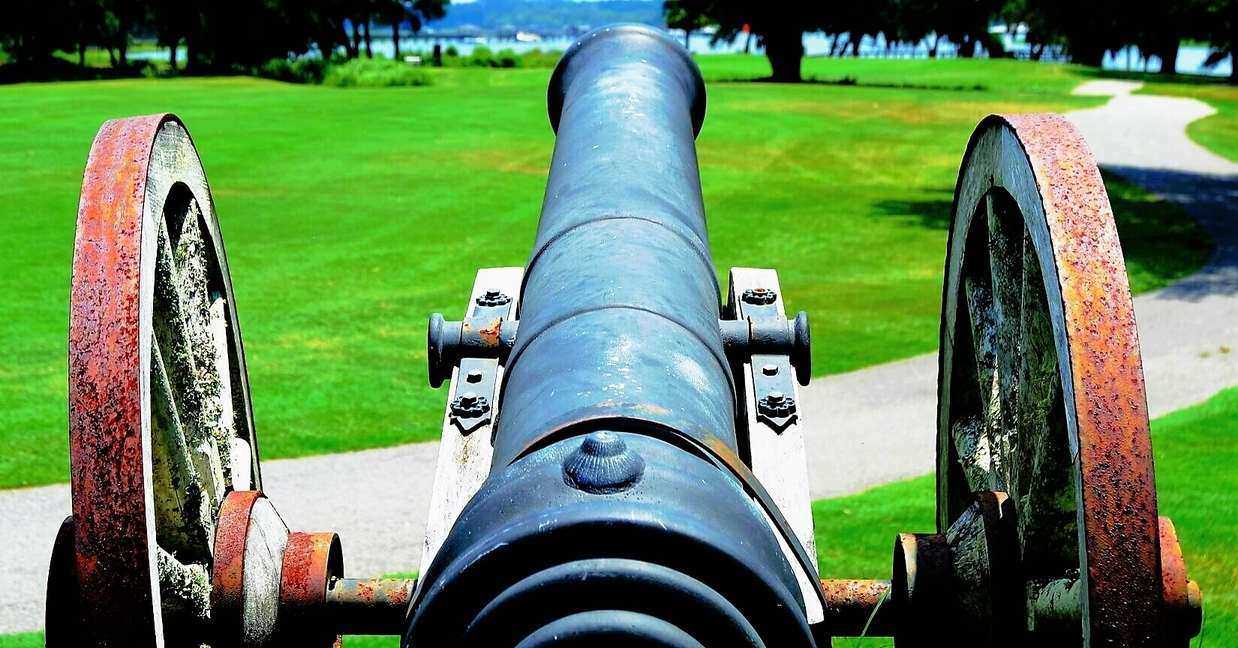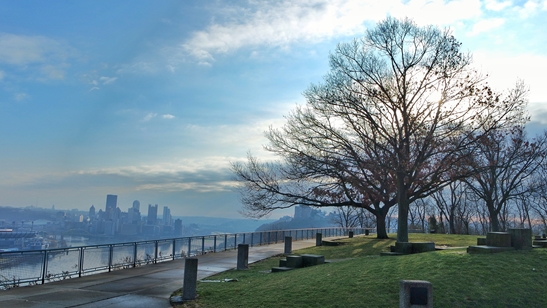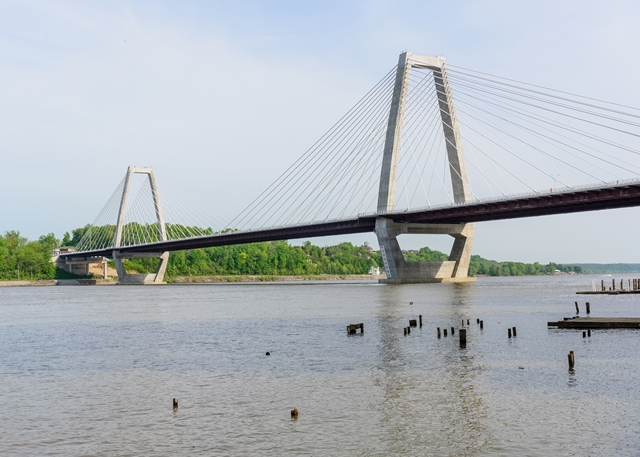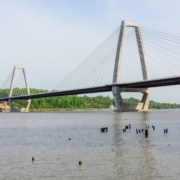Construction Safety: Pre-Task Planning
Involving workers in the construction safety training process has become a new trend. The success of doing so has been invaluable. One way to involve construction workers is through pre-task planning. Just as the name implies, pre-task planning are mini-meetings held prior to performing a specific task.
Research has shown that projects employing pre-task planning throughout the entire construction process are having better safety ratings. See how to make your construction site safer by implementing pre-task planning meetings.
It used to be widely accepted that construction was a dangerous job. Accidents and injury were just part of the job description. Luckily this mentality has changed. Starting in the 1990s, innovative safety programs and training were introduced. These programs included: including worker observation programs, worker safety perception surveys, root cause analyses of near misses, pre-task planning, and a host of other techniques. Many believe that of these, the most significant method for improving safety was pre-task planning.
Pre-task planning are meetings that are held just before the work is performed. It is like mini-training. Depending on the day, job site and tasks at hand will determine the amount of pre-task planning meetings you have. At times, you may just have 1 a day. Other days you may have 4 or 5. Typically, these meetings are held at the crew level, usually by a foreman of the group. Although, a lead person or crew member with more experience may be the best facilitator. Initially, the meeting is to review the work plan. The crew discusses the work to be done. This is done so that all workers have the same expectation of how the task will be accomplished. Knowing how the work will be distributed amongst the crew is another component of a pre-task planning meeting.
Once the general work plan has been discussed, the safety and health aspects are addressed. It is vital to identify the hazards that will likely be encountered. Workers should ask: “How might someone be injured with the planned procedure?” When answering this question, one should think about materials being used, tools and equipment, knowledge of the crew, location, conditions, and group dynamics.
After the potential hazards are identified, attempts are made to modify the work plan to eliminate the hazards. Changing the basic approach, rearranging the sequence of events, or using different tools may all be ways to alleviate the potential danger. Not all hazards can be eliminated. Safeguards need to be introduced to help. Potential safeguards include: using guardrails or wearing personal protective equipment. By having crew members carefully consider the work procedure, it then becomes easier to be more aware of potential pitfalls. Once the hazards are known, it is easier to address them.
Once the plan is agreed upon the task is performed. When a new task surfaces, it will be necessary for the group to reconvene to do another pre-task planning meeting. A construction crew might have a single pre-task planning meeting in a work day or the crew might have several pre-task planning meetings in a single day.
Construction can be a dangerous business. It is important that safety measures are taken and that trainings occur regularly to keep a crew informed. Using pre-task planning more than perhaps any other approach, brings the workers into the decision-making process that directly impacts their own safety performances. And this makes the construction site a much safer place.



























 stphnwlkr
stphnwlkr
